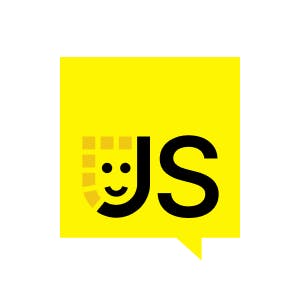It is somewhat scary. But the point comes how should we actually deal with them? So, developers play a very, very crucial role in cybersecurity incidents. And especially when we talk about these new supply chain issues which are there, the whole landscape which is being changed, and the way we have started to care about software security.
Now, this event stream incident, which doesn't seem to be new, but it dates back to many, many years. When in somebody said I want to help you out, and hire the maintainers, but then instead they added a crypto miner, and nobody even knew about it. So you're working and something is running in the background. So how much exactly do you know about what is in your system?
Now, I'll tell you about myself. All my websites are on open source content. I'm using whatever is there on the internet. Now comes, are there any issues in those dependencies? Maybe, so this is the image that I have in mind. This is all my app. But, actual thing is that this is the only code, the red dot in the middle, which is the code, which is developed by me or maybe my friends, maybe the company itself. But what is rest? The whole rest is the open source code, third party dependencies, third-party libraries and whatnot. How exactly you're going to be taking care of that? What happens when people start attacking developer tooling?
Now, being in security, I might not use Visual Studio Code or any IDE very often. But can it happen? If I'm a developer, I wouldn't be using day in and day out. I would be using, and even for that matter, being in security, I want to learn about a lot of new things, so I learn these things. That's what happened. In January, 2021, somebody actually tried to attack Visual Studio Code where they were able to get access to the GitHub. Of many accounts, but they diligently reported that. It could have gone in any wrong direction. When somebody gets the house key, they can do anything. For example, you've got four doors in the house, then there are four windows. Now, you're going on vacation, you've closed all the doors, but what happened to the windows? Maybe there's one window which is open, which you did not realize and somebody gets into your house and takes all the stuff. It's crazy, and that can happen with anyone, and that's when we need to understand what's inside our code.
Now, there are certain lessons that we learnt from the Equifax breach that happened a few years back. Now, why we are still talking about it, because it actually envisions one very important aspect, that when there's a certain vulnerability which gets reported, after that, what we really need to do is we need to understand what the vulnerability's all about. Can we fix it or not? And if it's critical, how soon can we address it? What happened with Equifax? February 14th, Apache notified that there are certain issues. There was a release of fix, people started exploiting the exploit. And even though some companies already updated it, there are some companies which could not. One of them was Equifax.





















Comments